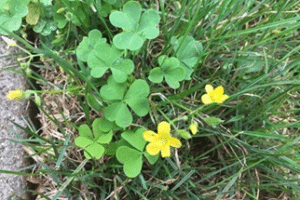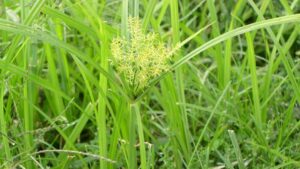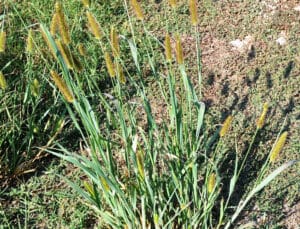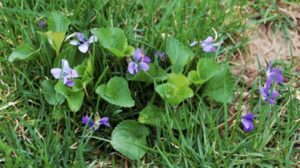Quercus alba
Description
Invest in a durable tree that will provide your family with timeless beauty for generations to come. The White Oak Tree is a classic American tree that will give your landscape a sense of nostalgia and familiarity…this is a tree that can grow with your family forever.
It’s no wonder people across the country, for centuries, have loved this tree. The White Oak survives in nearly any soil condition and environment. It presents itself as a strong and sturdy tree, growing to an amazing mature height with a canopy just as wide. And it’s just as strong as looks, surviving in urban and rural landscapes alike. From Minnesota down to Florida, it thrives.
Planting
Plant your White Oak in a spot in your yard that receives at least 4 hours of direct sunlight each day. And pick a spot that will give this tree plenty of room to grow. From there, dig a hole large enough to accommodate your tree’s root ball. After you plant the tree, tamp down the soil until it is firm. Thoroughly water the base of the tree so that water penetrates the roots, and spread a good amount of mulch around the base of the tree to retain moisture.
Watering
Water the tree to keep the ground moist. Watering deeply, once a week, should be enough to help your young tree establish roots. Once your tree matures, you only need to water in the dry seasons where you get less than 1 inch of rainfall per month.
Fertilizing
Fertilizing once a year
Pruning
Occasional pruning to thin overcrowded branches is not necessary for your White Oak to thrive but may be beneficial to ensure larger growth.
| Growing Information | |
| Mature Height: | 40-100 ft |
| Mature Width: | 30-70 ft |
| Sunlight: | Full Sun |
| Bloom Time: | |
| Growth Rate: | Moderate |
| Grows Well in Zones: | 2-9 |
| Your Growing Zone: | 6 |





